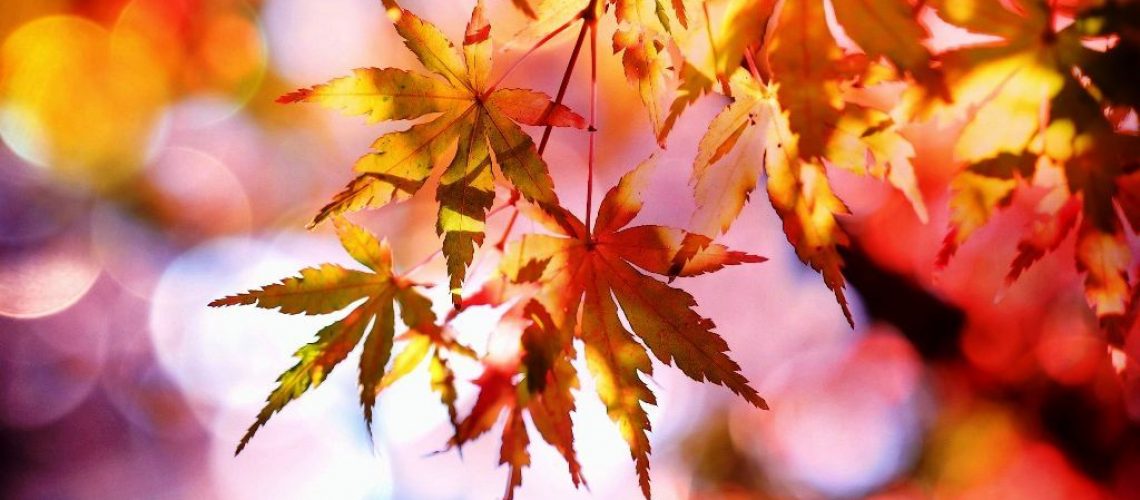
solvida
Best Time to Plant Shrubs in North Texas
What is the Best Season for Planting Shrubs
Nine times out of ten, if you ask someone when the best time to plant shrubs in North Texas, they will answer, “It’s best to plant in the spring”. As a Prosper, TX landscaping company, we plant shrubs year round but our favorite time to plant them is in the fall. The nine people who would answer springtime are not altogether wrong, but perhaps not familiar with the planting advantage of our North Texas seasonal climate.
Plant roots will grow as long as the soil temperature is 40 degrees or higher. Most areas of our country will experience late fall and winter temperatures falling far below this threshold. In these areas, it only makes sense to plant in the springtime. In North Texas, however, our winter season temperatures typically stay at or above 40 degrees. The unique advantage to planting during the fall season in our area is that the root systems will continue to develop and become established throughout the fall and winter months. In addition, shrubs will still have plenty of time to recover from transplanting. When spring comes, they will be that much stronger and ready to take full advantage of the growth in store for them with warmer temperatures and sunshine. So there are clearly advantages to planting your shrubs in the fall. In addition, fall’s cooler temperatures make planting more pleasant for the gardener.
Finally, fall is also an easier time to find a landscaper as opposed to the hectic spring season when everyone is usually backed up. If you are doing the planting yourself, this is also a wonderful time to find bargains on plants as most nurseries are discounting to move the last of their stock before the winter.
What Can You Plant in the Fall
Trees and shrubs: Plant any and all trees and shrubs as these new plants will have many months to develop strong roots before summer. If a tree or shrub is known not be winter-tender, consider waiting until the spring.
Cool-season grasses: These are most commonly used to provide a temporary green winter cover for your turf. Ryegrass and Fescue can be planted as seed.
Perennials: For spring blooming perennials, fall is the time to dig and divide. Divide perennials and replant them in well-prepared garden soil. Water immediately after replanting and apply water-soluble fertilizer to get the plants off to a good start.
Winter Annuals: Pansies and varieties of kale and cabbage are widely available and can provide color and interest well into our springtime.
Pruning in the Fall
Trees: You should remove damaged or dead branches before they lose all of their leaves. Also remove surface roots that threaten slabs, driveways, sidewalks or patios.
Shrubs: Light pruning and clean up only. Save any major reshaping for March…just before the new spring growth begins.
Perennials: Remove all dead foliage and flower and seed stalks. Trim near the ground after the first freeze and keep perennials covered with mulch to reduce weed growth.
Lawn: Continue mowing until the first frost stops all growth. You can use your mower to mulch up any fallen leaves. Bag and collect the clippings from your final mow and use them as compost or mulch.
Tropical Plants: Palm trees should have their trunks covered in burlap to protect them from the colder seasons. Other tropical plants should be placed in pots, shaped lightly and moved indoors at night if you plan to keep them alive through the winter.
Additional Fall Landscaping
In addition to putting in new plants and maintaining your existing landscape, the fall is an ideal time to enhance your existing landscaping with any of the following:
- Apply pre-emergent weed control
- Fertilize your lawn
- Aerate and overseed your lawn
- Hardscaping: the non-living elements in your landscaping such as: stone retaining walls, patios, pathways, etc.